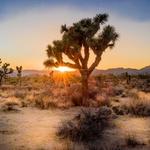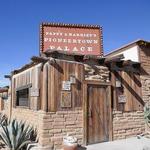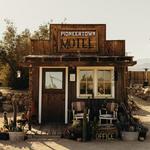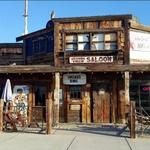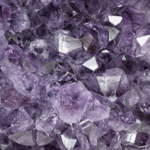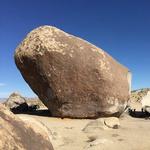
Things To Do
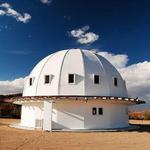
Integratron
In the 1950s, aliens telepathically instructed aeronautical engineer and UFO enthusiast George Van Tassel to build a giant white dome in the middle of the desert with the intent to create a human “rejuvenation machine.” He did. Go for a sound bath, drink the magic spring water, or check out nearby Giant Rock.
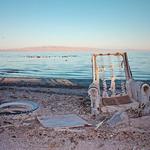
Bombay Beach Ruins
If you hear sand crunching under your feet, look down - you're most likely walking on fish bones. In 1900, George Chaffey began to lose his hearing. He'd spent three weeks hiking alone through some of the most ferocious desert badlands on earth. He had a mind to build the most ambitious canal in the history of the North American continent. By diverting a portion of the Colorado River inland toward a massive dry basin, Chaffey could make the California desert a blooming paradise, and himself incalculably rich. Unfortunately things didn't go as planned with the Imperial Canal. The result is the Salton Sea.
Palm Springs Aerial Tramway
The massive rock wall of San Jacinto Peak rises over 10,000 vertical feet above the desert floor of Palm Springs in one of the greatest and most stunning elevation gains in the United States. Some guy named John Muir once wrote that "The view from San Jacinto is the most sublime spectacle to be found anywhere on this earth." Taking the tram 10,302 feet to the top is significantly faster than hiking the famous Cactus to Clouds Trail.

Really Cool Houses
Palm Springs is home to the world's largest collection of midcentury modern architecture. Nestled among the older residential neighborhoods, beyond the freakish greenery of the golf clubs and resorts, some of the most impressive experiments in human dwelling designed by some of the world's most cherished architects still quietly stand.
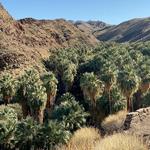
Palm Canyon
Since everything would grow in Southern California, everything was planted. We take palm trees as a given feature of the landscape, an iconic symbol of SoCal once-famed "subtropical" climate. In fact these trees, like most things in the Southland, were imported. They are unnatural, an aberration some would say. Only one species of palm is indigenous to western America. It doesn't grow along the coast but rather in a few remote groves scattered throughout the Mojave and Colorado Deserts. Palm Canyon, situated on the lands of Cahuilla Indians, is home to the worlds largest California Fan Palm oasis. The trees were crucial to the survival and independence of the Cahuilla who, unlike most tribes in Southern California, largely managed to avoid Mission contact given their remote location and fragile partnership with the California Fan Palm.
